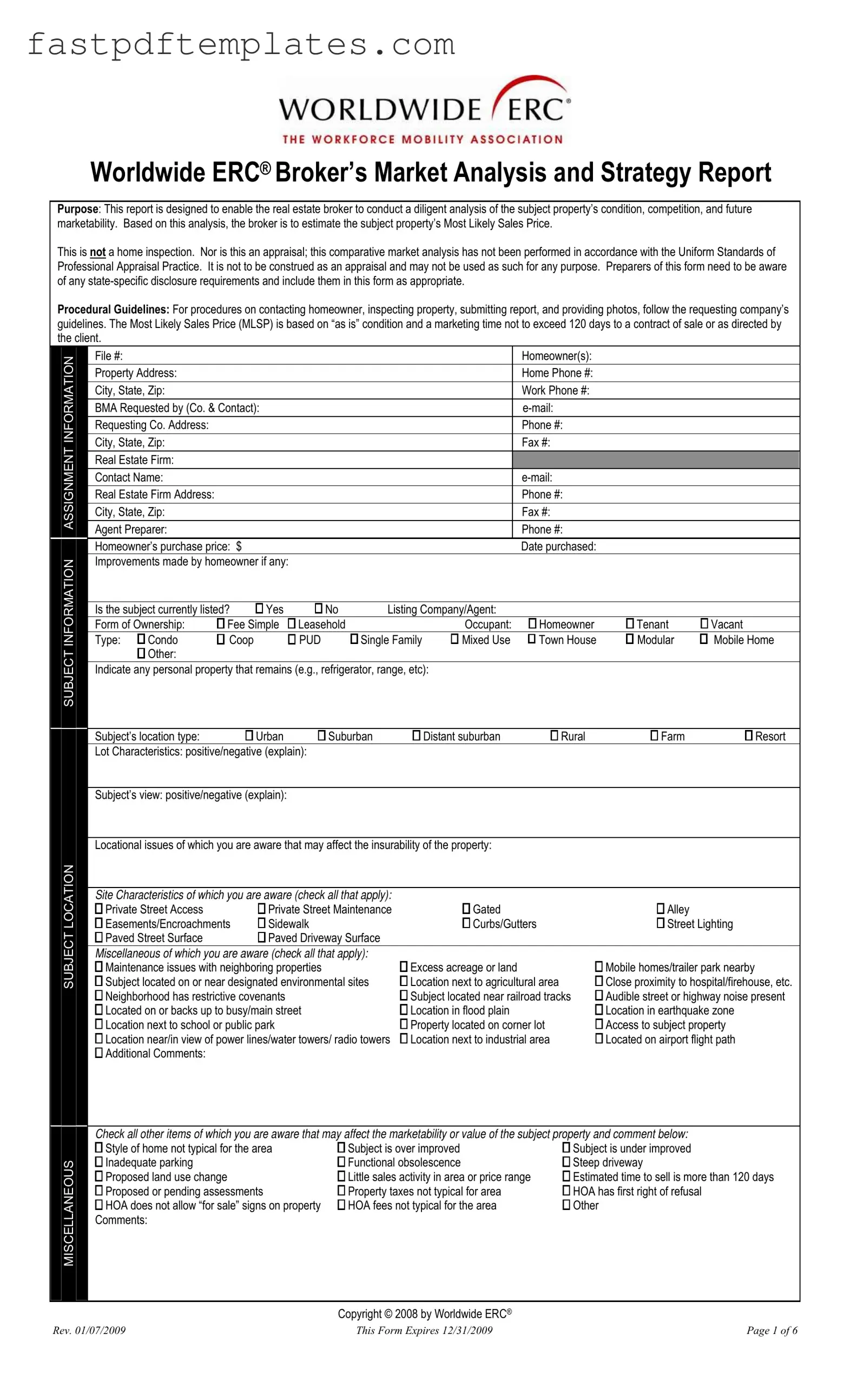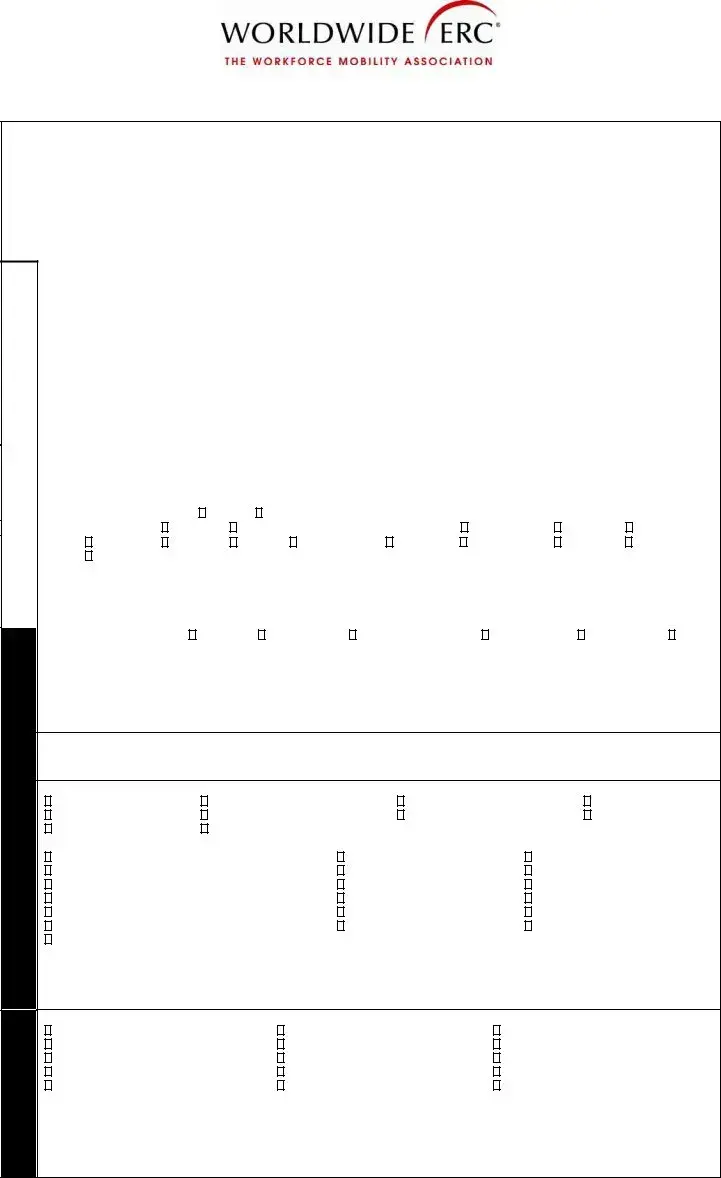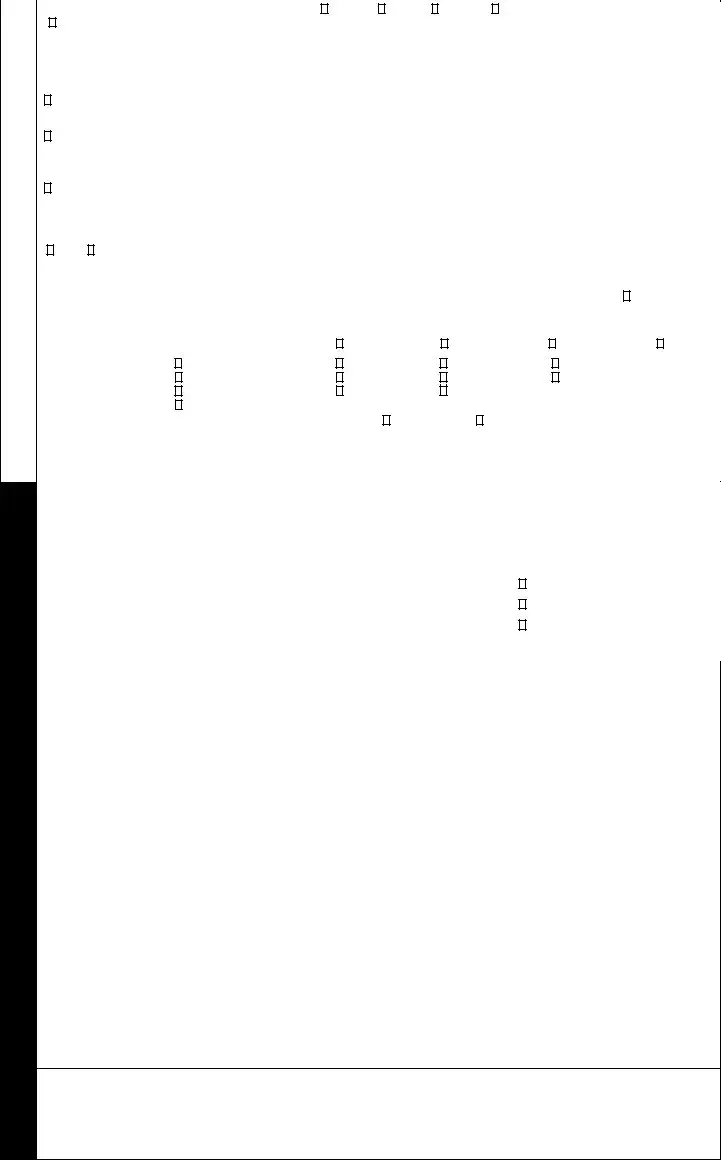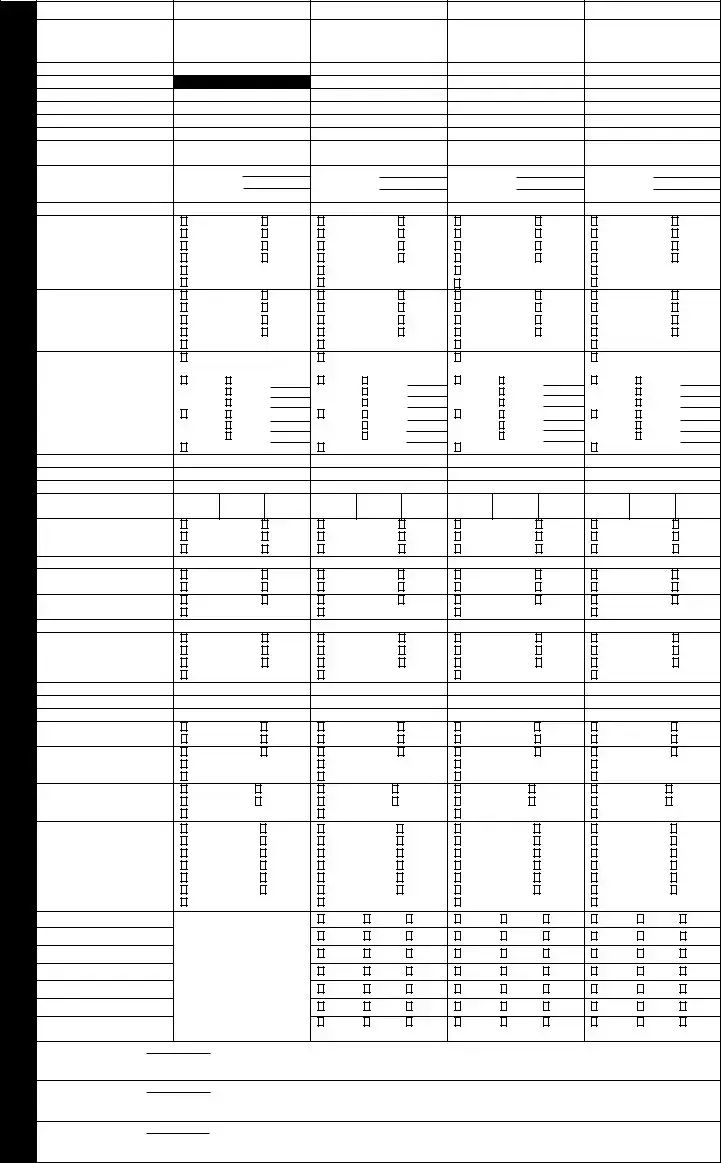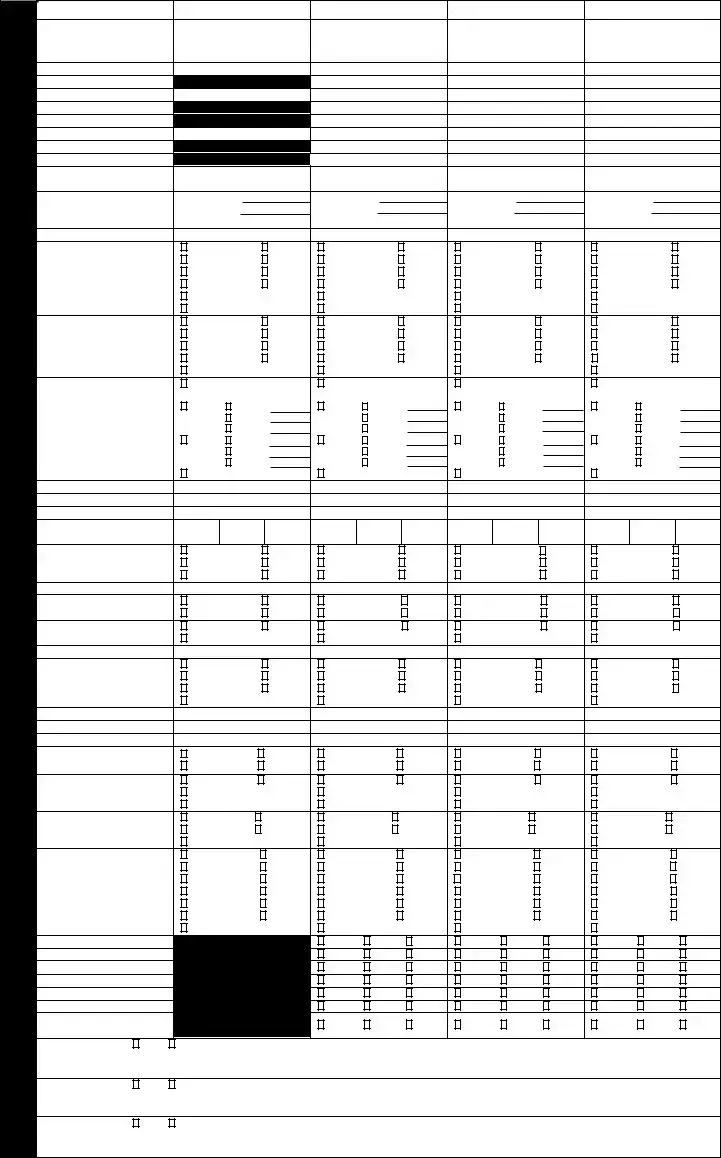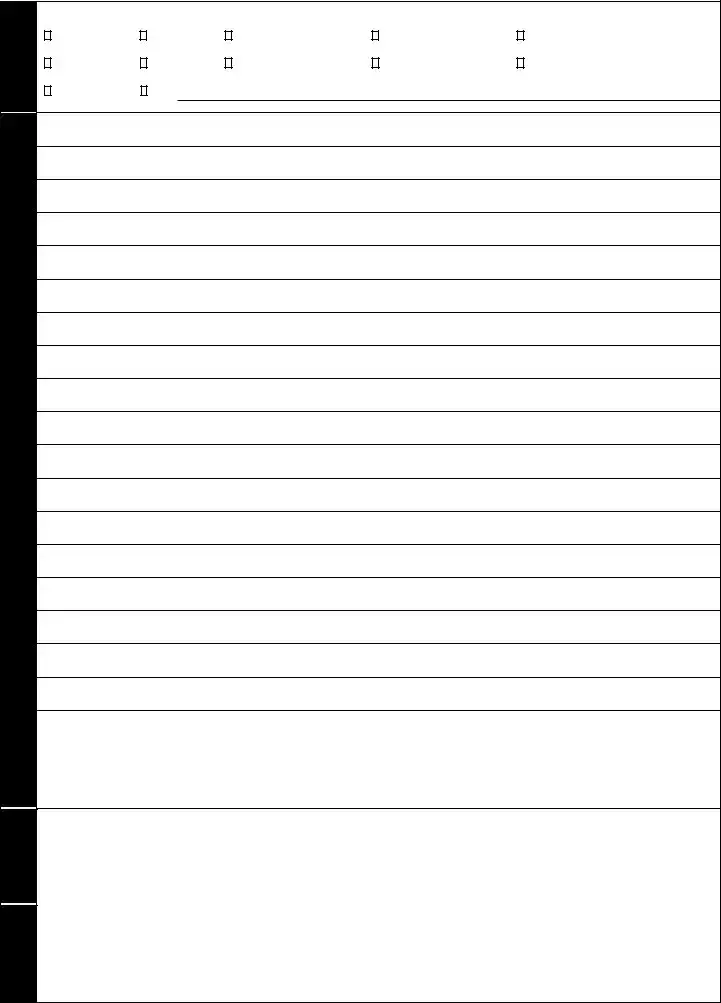The Comparative Market Analysis (CMA) is a document that real estate agents use to determine the value of a property by comparing it to similar properties that have recently sold in the same area. Like the ERC Broker Market Analysis form, a CMA assesses the condition of the subject property, its competition, and market trends. The CMA provides an estimated selling price based on comparable sales, which is similar to the Most Likely Sales Price (MLSP) indicated in the ERC form. However, while the ERC form emphasizes a strategic approach for brokers, the CMA is often more focused on providing a straightforward valuation for sellers or buyers.
The Appraisal Report is another document that shares similarities with the ERC Broker Market Analysis form. An appraisal is a formal assessment conducted by a licensed appraiser to determine a property's market value. Both documents analyze the property’s condition, location, and market factors. However, the appraisal is a more formal and legally binding document that adheres to strict standards, while the ERC form serves as a strategic tool for brokers to estimate sales prices without the formalities of an appraisal.
The Property Condition Disclosure Statement is a document that sellers provide to potential buyers, detailing any known issues with the property. Similar to the ERC Broker Market Analysis, this disclosure aims to inform parties about the property's condition, including repairs needed or past damage. Both documents stress the importance of transparency and due diligence in real estate transactions, although the ERC form focuses more on marketability and pricing strategy rather than just condition disclosures.
The Listing Agreement is a contract between a property owner and a real estate agent, authorizing the agent to sell the property. This document, like the ERC form, outlines the property details and the agent's responsibilities. Both emphasize the importance of accurate property information and market strategy. However, the Listing Agreement is primarily a legal contract, while the ERC form serves as a tool for market analysis and pricing estimation.
The Seller's Disclosure Statement is similar to the ERC Broker Market Analysis form in that it provides potential buyers with critical information about the property. Both documents require the seller to disclose any known issues that may affect the property's value or desirability. While the ERC form focuses on market analysis and strategy, the Seller's Disclosure Statement is more about transparency regarding the property's condition and legal obligations.
The Buyer’s Market Analysis is a document that buyers can use to assess the value of properties they are interested in purchasing. Like the ERC Broker Market Analysis, it compares the subject property to similar properties in the area. Both analyses help buyers make informed decisions based on market conditions and comparable sales. However, the Buyer’s Market Analysis is tailored specifically for buyers, while the ERC form is designed for brokers to strategize on pricing and marketing.
The Market Trends Report provides insights into the real estate market, including pricing trends, inventory levels, and buyer demand. Similar to the ERC Broker Market Analysis, this report helps real estate professionals gauge the market environment and make informed decisions. Both documents are essential for understanding market dynamics, but the Market Trends Report is broader in scope, focusing on overall market conditions rather than a specific property analysis.
